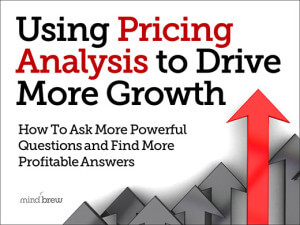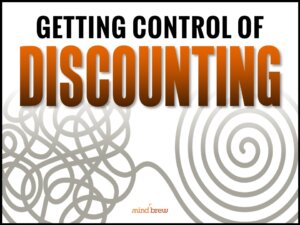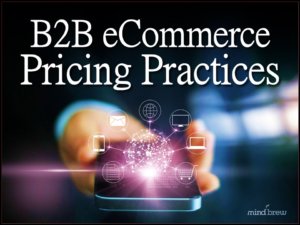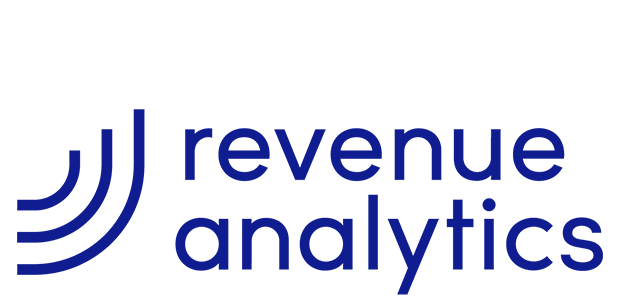We have a confession. We love optical illusions.
Something about the idea that you can trick your brain into seeing something that doesn’t actually exist is equally horrifying and thrilling and a way that we find endlessly fascinating.
One of our favorite optical illusions is the Ames window. If you aren’t familiar with this particular illusion, check out this YouTube video that explains how to make your own Ames window.
Essentially, an Ames window is a trapezoid-shaped window. Because society has trained our brains to expect windows to be rectangular, we get easily tricked into believing that one end of the window (the taller side) is closer to us than the other side, even if it’s not.
On its own, that would be a decent optical illusion, but when you spin the window, it gets a little bit more interesting. Even if you know that the window is spinning in a complete circle, your brain will insist that the window is turning slightly in one direction, stopping, and then turning back in the other direction.
The illusion really kicks into high gear when you put another object in the middle of the window. The gif below has a pen in the middle of a cardboard window. As the entire contraption spins, you will correctly infer that the pen is going 360 degrees in the same direction. But despite all evidence to the contrary, your brain will continue to believe that the window itself is oscillating in one direction and then the other. That means that the pen must be passing through solid matter, which you know cannot happen!! Yet your mind continues to insist that this is what is happening.
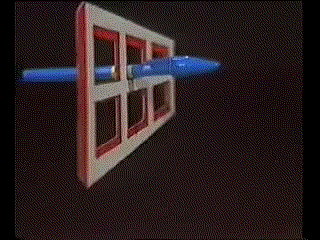
Most of the time seeing something that doesn’t exist is not a good thing. In fact, it might be a sign that you need some psychiatric intervention. But sometimes — as in the case of the Ames window — it’s fun. And sometimes — as in the case of B2B pricing — it’s actually very powerful.
Think about this… Each of your customers has a price that they’re willing to pay for each transaction. It might feel like that price will always be an illusion–hidden to you and your sales team. But the process of price optimization allows you to expose what that price is so you can maximize margin on those transactions.
Curious about how this works?
The All About Price Optimization webinar shows exactly how it’s done using the existing sales and pricing data you currently have available to expose that additional “hidden” datapoint–what each customer is willing to pay. It explains what price optimization is seeking to accomplish and how it actually works.
As a bonus, you might also want to check out the webinar on Using Pricing Analysis to Drive More Growth. It can help you find even more insights in your data–like sales that aren’t currently happening, but should be; which customers are starting to defect; and which customers the sales team should be targeting.
And now if you’ll excuse me, I plan to spend the next ten or twenty or thirty minutes watching that Ames window gif over and over to see if I can convince my brain to see what is actually happening instead of the illusion.


